Encourage a holistic view of well-being for a culturally healthy workplace
In Partnership with Maurea Consulting
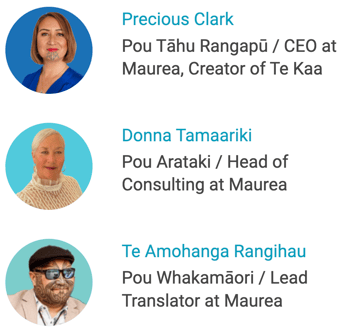
We all know well-being is important, but at the enterprise scale, it’s hard to identify who needs support and where resources should be applied.
The Mana Ora framework strengthens the connection between organisations and their people by combining a holistic view of well-being with Māori practices. It’s not about ‘good’ vs ‘bad’ or ‘right’ vs ‘wrong’; it’s about listening generously to people’s states of being, supporting their well-being, and helping them bring their best selves to everything they do.
WHAT IS MANA ORA
Three Māori models interwoven
The Te Ao Māori framework is woven from these three models. It is designed to uplift hauora, and build mana, connections and transparency.
Te Whare Tapa Whā
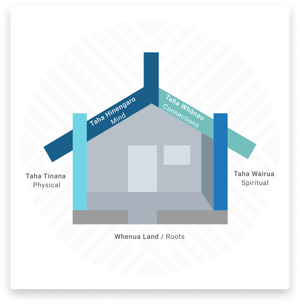
By Sir Mason Durie.
The four walls map to the key impact areas and sub topics of the Mana Ora framework. Each underpinned by Whenua (Land).
- Taha Whānau (Connections)
- Taha Tinana (Physical)
- Taha Hinengaro (Mind)
- Taha Wairua (Spirtual)
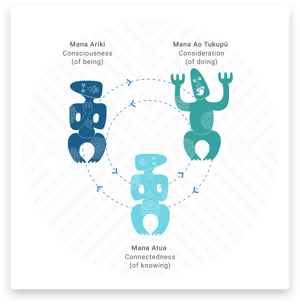
Te Mana Ātea
By Donna Tamaariki.
When these three attributes are applied, Te Mana Ātea (a safe space) will be present. Each Mana Ora topic is considered from these three angles:
- Mana Ariki (being)
- Mana Ao Tukupū (doing)
- Mana Atua (knowing)
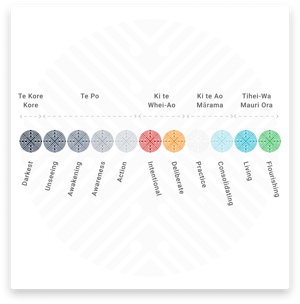
Te Ara Maurea
Influenced by the Tihei-Wa Mauri Ora framework y Teina Piripi & Vivienne Body.
Te Ara Maurea is a non-linear continuum used to evaluate how someone is feeling about a topic based on te orokohanga o te ao, from eons of darkness to living earth.
The Mana Ora Framework
Te Ao Māori framework woven from these three models.
It is designed to uplift hauora and build mana, connections, and transparency.
HOW DOES JOYOUS HELP
Using Joyous for cultural healing in your enterprise
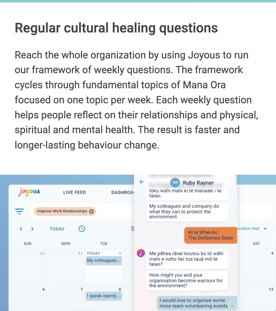
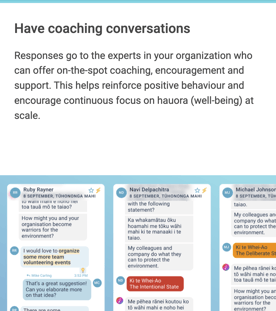
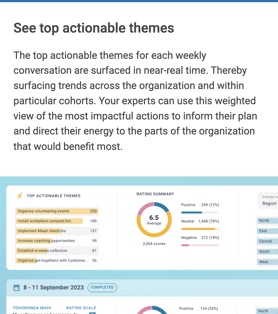
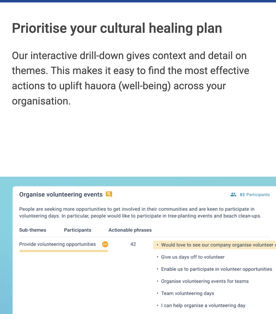
🔗 For more information read Cultural healing at scale using the Mana Ora Framework
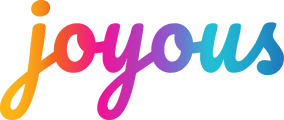
-png.png?width=625&height=1045&name=Group%205127%20(2)-png.png)